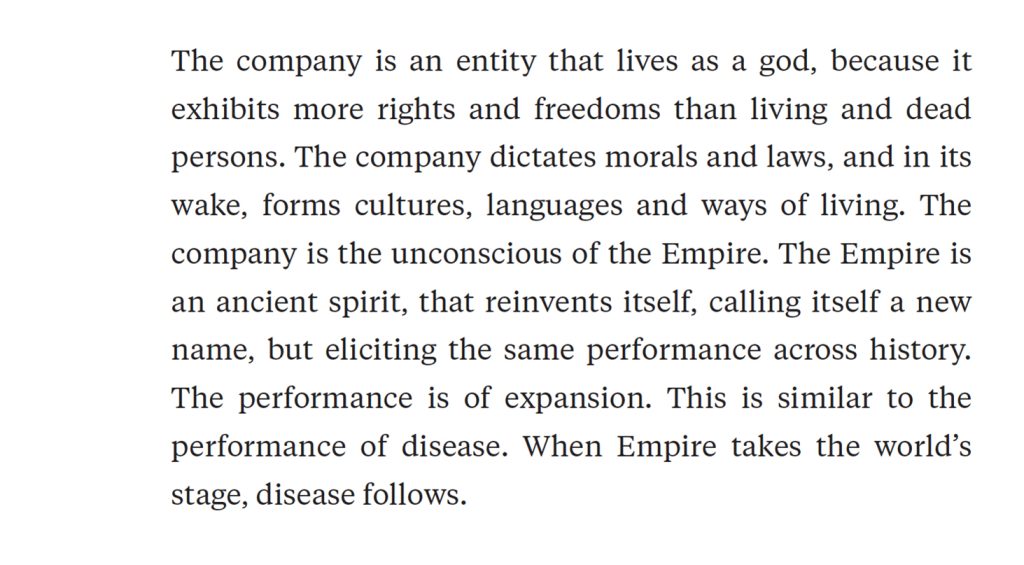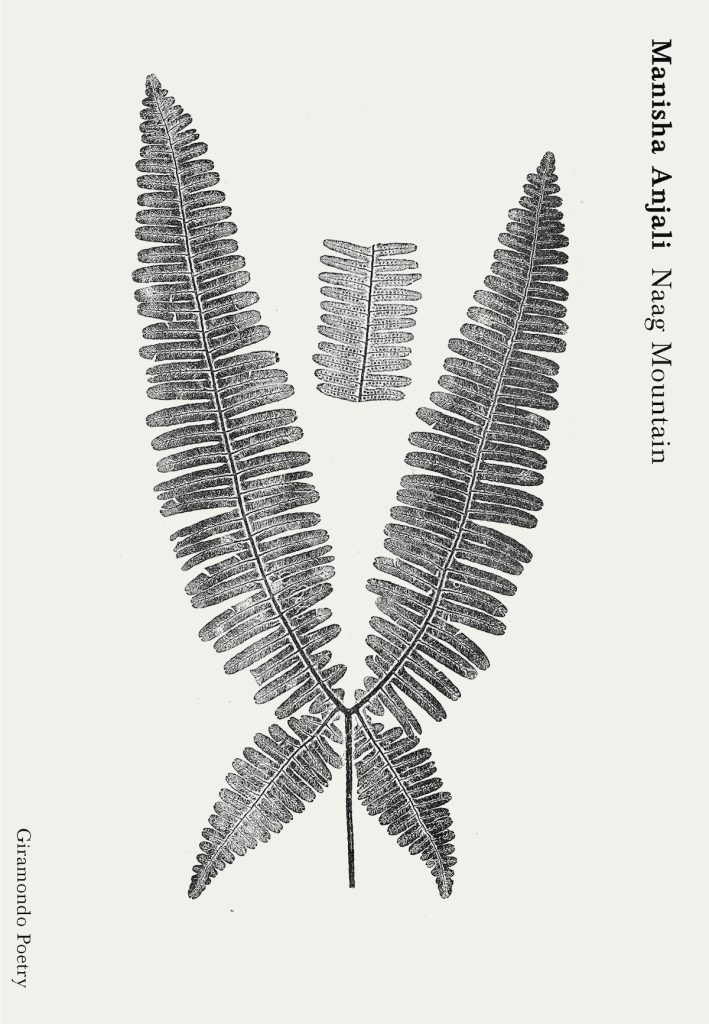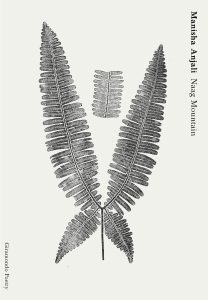Autumn Royal’s launch speech for Naag Mountain by Manisha Anjali

Naag Mountain by Manisha Anjali was launched in April 2024 at The Alderman in Brunswick East during a sold-out evening event. The event featured a speech by poet Autumn Royal in honour of releasing Manisha’s debut book into the world. The speech was followed by a haunting and transcendental vocal and harp performance by Genevieve Fry. Read a transcript of Royal’s speech below.
The following speech was delivered on the unceded lands of the Wurundjeri Woi-Wurrung people of the Kulin Nation. We acknowledge and respect their Elders, both past and present. We extend this respect to all Aboriginal and Torres Strait Islander individuals who may read this speech. Always was, always will be Aboriginal land. We also wish to express that from the river to the sea, Palestine will be free.
I first physically met Manisha in a garden. It was 2019 and we were reading alongside each other at a house fundraiser for the Djab Wurrung Heritage Protection Embassy. But I do not doubt our spirits already knew each other intimately as years earlier, Manisha’s stunning poetry gushed into my psyche, and I was enraptured and now – I am here.
At this point, it feels necessary to summon (or depend upon) the words of the brilliant Eunice Andrada when she expresses that Manisha’s ‘Naag Mountain is an exquisite work that resounds with the reminder of what can be reclaimed when a community moves towards their awakening: their dreams, their futures. This is a distinguished debut collection from a poet whose vision is urgent and consuming.’
‘Urgent and consuming’. I respectfully echo Andrada’s words as I attempt to form an articulation of Manisha’s Naag Mountain and the significance of its existence. Speaking about this book in front of you, dear audience, is a privilege and beyond this scripted reading, I promise to consider how I can ever return such a deep honour.
As Manisha explains in her author note to accompany this work of brilliance: ‘Naag Mountain is the recovery and aftermath of the girmit, the period between 1879 and 1916 when Indians [derogatorily termed ‘coolies’] were taken to Fiji for indentured labour on Australian-owned sugar cane plantations’. Manisha’s Naag Mountain potently and generously illuminates the realities of the cultural and cellular inheritance of this indentured labour through a collaboration of dreams, oceans, archival documents, songs, ancestral historiographies, and poetry.
Naag Mountain also reveals a complex and intertwined circuitous narrative spanning across times, oceans, and realms. Within Naag Mountain, there exists an imaginary film called ‘Paradise‘. As Manisha eloquently describes this film within the text:

In this film, the actors are allowed to walk away – to reject their scripted roles and embrace their continuous evolution of identities between human and non-human beings. The existence of the film, ‘Paradise’, allows for such action. The poetry surrounding this film, ‘Paradise’, also generates an action, but without containment. As Naag Mountain declares, nothing should ever be contained.
‘Paradise’ correspondingly brings awareness to the concept of ‘depiction’, and the deplorable truth that this film, this narrative of ‘Paradise’, should already be known and that these actors should have always had agency and dignity.
I quote another passage from Naag Mountain where such agency and dignity are allowed, encouraged, and guided by spirits across oceans in a moment where the actors:

Naag Mountain is an epic poem in which the concept of the ‘single and distinctive hero’ is not just overturned by Manisha’s captivating poetic voice and defiantly vivid expressions, but completely quashed. This is not done out of spite or in a cruel manner – but through a multitude of polyvocal voices, bodies, entities, spirits, animals, elements, and sensations that challenge the notion that there can only be one dominant account of history. As Manisha’s expressive voice guides me over the phone: ‘The Indo-Fijian psyche does not just inhabit the physical realm’.
Radical metamorphic bodily changes occur throughout Naag Mountain during violent scenes and traumatic events, but most significantly, these transformations also take place throughout moments of deep love and celebration. There is also the metamorphosis of yourself as a reader – something that is so very crucial and so very sacred. As Nancy Gray Diaz elucidates, metamorphosis ‘represents the conjunction of self and world, and it plays out the individual’s conflict with, or assumption into, the values of that world’.
Interconnected with metamorphosis is a meaningful and poignant theme in this book is the birth and rebirth as ‘Paper jackal fly out of my mouth, and / into the misty air, and into the monsoon’ (p. 8).
With such lines, both birth and rebirth are intricately woven and profoundly expanded upon throughout the entirety of Naag Mountain with keen attention and generous dedication.
In this work, in Naag Mountain, all matters expressed are actualities and are not merely metaphorical representations. Here, in Naag Mountain, ‘metaphor’ as a concept is considered too simplistic and detached for such a profound understanding of what is occurring. In Manisha’s own words: ‘through the process / of extraction, I see my responsibility. It is standing still at / the top of the mountain (p. 31). There is a view from the top of the mountain and Manisha is showing it to you, dear reader.
At this point in my scripted act, I have exceeded over 300 words. Three – the number ‘3’ – and the time of 3 a.m. is extremely poignant and forceful in the actuality of this work and the history it is based upon. This is the time when ‘the coolies’ were ordered to rise from their dreams and begin work. It is also known as ‘the suicide hour’, a bodily sacrifice often performed as an act of resistance against ‘the company’ that once ‘owned’ Manisha’s family. The Colonial Sugar Refining Company.
I will end/open with Manisha’s evocative and powerful description of ‘this company’:



